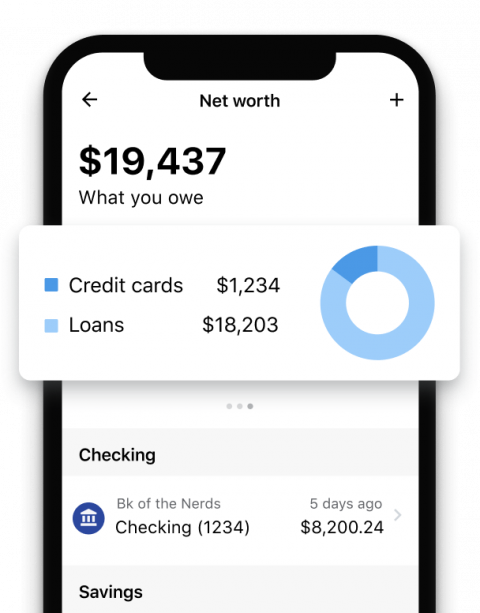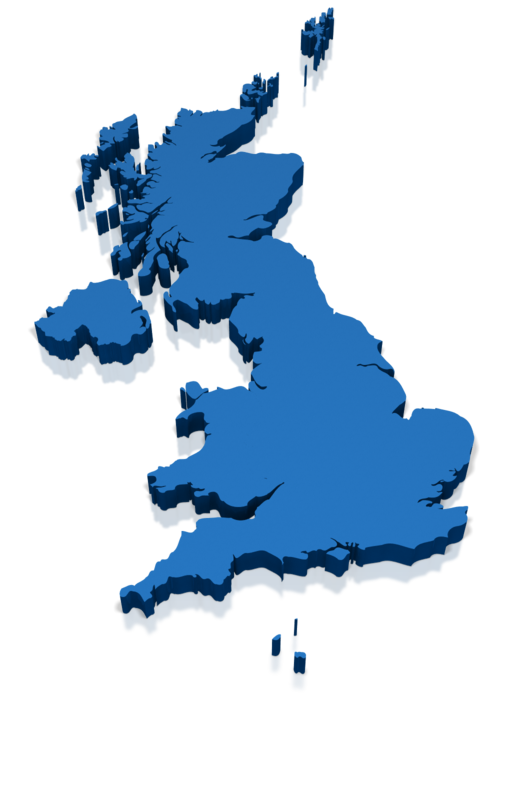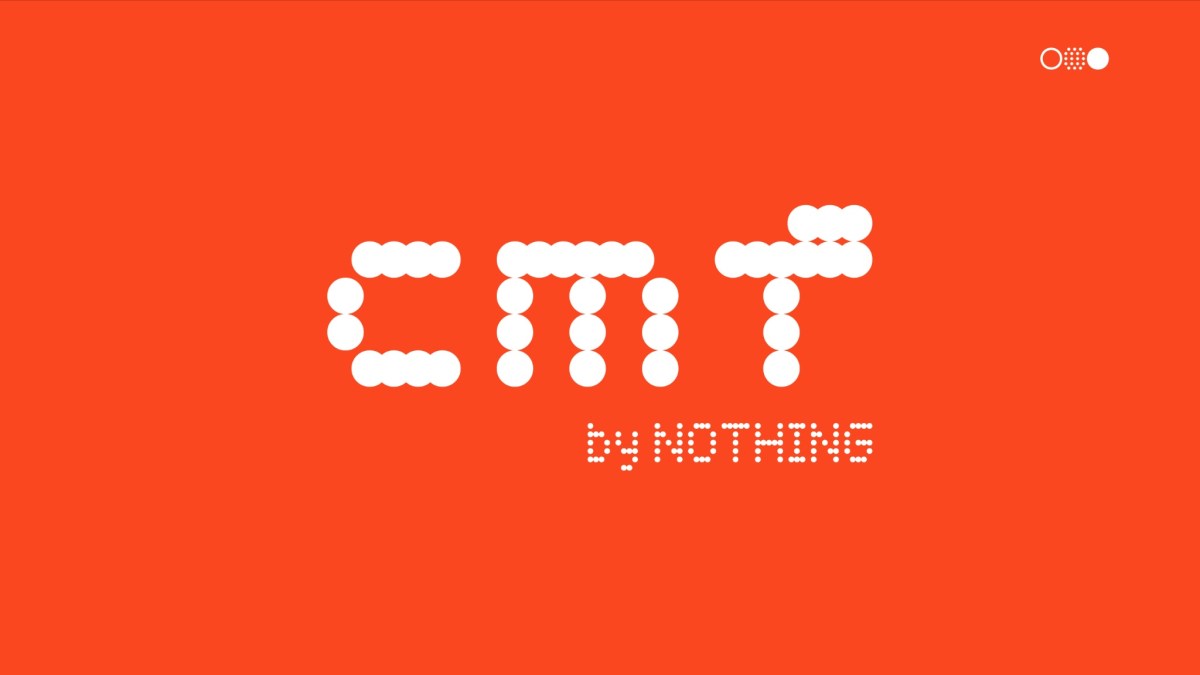In this series, NerdWallet highlights people’s debt payoff journeys. This month, Jae Bratton recounts how she and her husband brought a laser focus to wiping out debt, motivated by hopes of starting a family.
My story of ditching more than $53,046 of debt on two teachers’ salaries is one of pain, perseverance and cooperation. But it’s also very much about love. My husband and I began paying off debt soon after our wedding in 2016, and we made the final payment three years later, right before our son was born.
I was adamant that we wouldn’t start a family until we zeroed out the debt. Rumor has it that kids are expensive, so I wanted to free up space in our budget for the inevitable medical bills, child care and college fund.
That rumor turned out to be a stone-cold fact.
Our four main strategies provide a roadmap for others working toward financial independence.
1. Create a battle plan
Debt is an opponent, a monster to slay before you can move on to the next level. It requires a well-thought-out plan of attack.
First, we sized up our opponent by identifying our debts and organizing them in a Google sheet. We had seven debts, including student loans, two car loans, a home improvement loan and the remaining balance on my engagement ring. As each debt was defeated, I would delete it from the spreadsheet, and oh, the satisfaction.
We chose the debt snowball payoff method, where you focus all the extra payment money on the smallest debt while continuing to pay minimums on the others. I needed a few quick wins to keep me motivated before I tackled larger, more intimidating balances. We wiped out our smallest debt in the first three months, $926.
No sweat if you prefer the avalanche method, which tackles the largest debt first. The simple act of choosing one, which suits your lifestyle and personality, is more important than the approach. Snowball and avalanche are merely two different paths to the same outcome.
Ready to conquer your debt?
Track your balances and spending in one place to see your way out of debt.

2. Budget consistently
After listing debts and deciding on a strategy, we wrote a budget every month. First, we figured out our combined income. At the beginning of our debt-free journey in August 2016, my husband and I brought home $4,694 every month. By subtracting mandatory expenses such as mortgage and utilities, groceries and minimum debt payments, we knew how much money we had for additional debt payments.
Some months, we paid the minimums on debts and that was it. Then, when money was more plentiful, we made extra payments, some months as high as $3,500. In both instances, the budget determined how we spent every dollar and kept us disciplined. Did we stick to the budget every month? Absolutely not. But every month, we tried. And when that month ended, we started again, aiming to do better than the last.
Many budgeting strategies, tools and apps can help you draft and stick to a budget. Pen and paper work well, too. (My budgets were on sticky notes and dry-erase boards.) Whether you prefer the 50/30/20 budget or love stuffing cash envelopes, know that any budget is better than none. Without it, you risk forgetting about bills, running out of money before payday and delaying your debt payoff date.
3. Make or find extra money to pay off debt more quickly
Send extra money to debt
Most large influxes of cash left our bank account before we could be tempted to spend it: tax refunds, work bonuses and income from second jobs. For example, my husband received a stipend for coaching basketball and I taught summer school. We both sacrificed time to earn more money, but in a way, I got it back with interest: Now, I can be with my son after my workday ends rather than head off to another job. That time with him is truly priceless.
Increase your income
I spent two years earning a professional certification that increased my salary by 12%, increasing my take-home pay by $250. At that point, my car loan cost $223 a month, so it was like an additional car payment.
Plenty of jobs reward employees for adding certifications or credentials. If yours doesn’t, consider negotiating a raise or looking for another job that pays more.
Adjust tax withholding, if necessary
If you receive a refund after filing your taxes, that means too much of your paycheck is going to the IRS, interest-free. Sure, that money is eventually returned in one lump sum, but you receive smaller paychecks throughout the year.
After I got married, I filed a new W-4 to change my filing status from “single” to “married filing jointly.” At the same time, I adjusted my withholdings after using the IRS tax withholding estimator tool. That increased my take-home pay by $269.
4. Cut expenses
“Just skip the daily trip to Starbucks.” That advice has become a cliche. But paying off thousands in debt requires bolder moves — and more painful sacrifices — than passing up lattes. So here’s what I did instead.
Paused charitable giving
Some people will disagree with my decision to eliminate giving during debt paydown. When to give, how much and to who are highly personal choices. For my husband and me, briefly pausing charitable giving worked. You get to decide if it’s right for you.
Lived lean
Reducing or eliminating expenses is unavoidable if you’re trying to pay off debt. The good news: the ways to do so are myriad. Check out your bank and credit card statements and look for opportunities to trim. Here are a few ways that we reduced our cost of living:
-
My husband found a job closer to home, decreasing his commute from 31 miles to 6 miles and saving on gas.
-
We waited a year to take our honeymoon, which was mostly paid for by cash wedding gifts.
-
We economized whenever possible: I started grocery shopping at a cheaper supermarket. My husband, an avid bowler, suspended playing in a league to save about $20 a week in fees. He even switched to a cheaper razor brand.
5. Save strategically
I consistently built up my family’s emergency fund, exceeding the $1,000 that some say is sufficient for those who are unloading debt.
This decision indeed delayed our debt-free date, but on the other hand, a healthy emergency fund gave me a financial cushion and priceless peace of mind. I knew I could cover expenses in a financial emergency without getting back into debt.
Picture your life post-debt
Give yourself fuel for the debt-payoff journey by imagining life afterward.
I felt light and a deep sense of accomplishment when I submitted the last debt payment in 2019. For three years, I was so focused on our journey. I alternated between regretting financial mistakes and moping about things I couldn’t afford. After paying off $53,000 of debt, I turned my gaze outward and resumed donating to causes and giving to others. Best of all, I was free to start a family.
Photo courtesy of Jae Bratton.








































